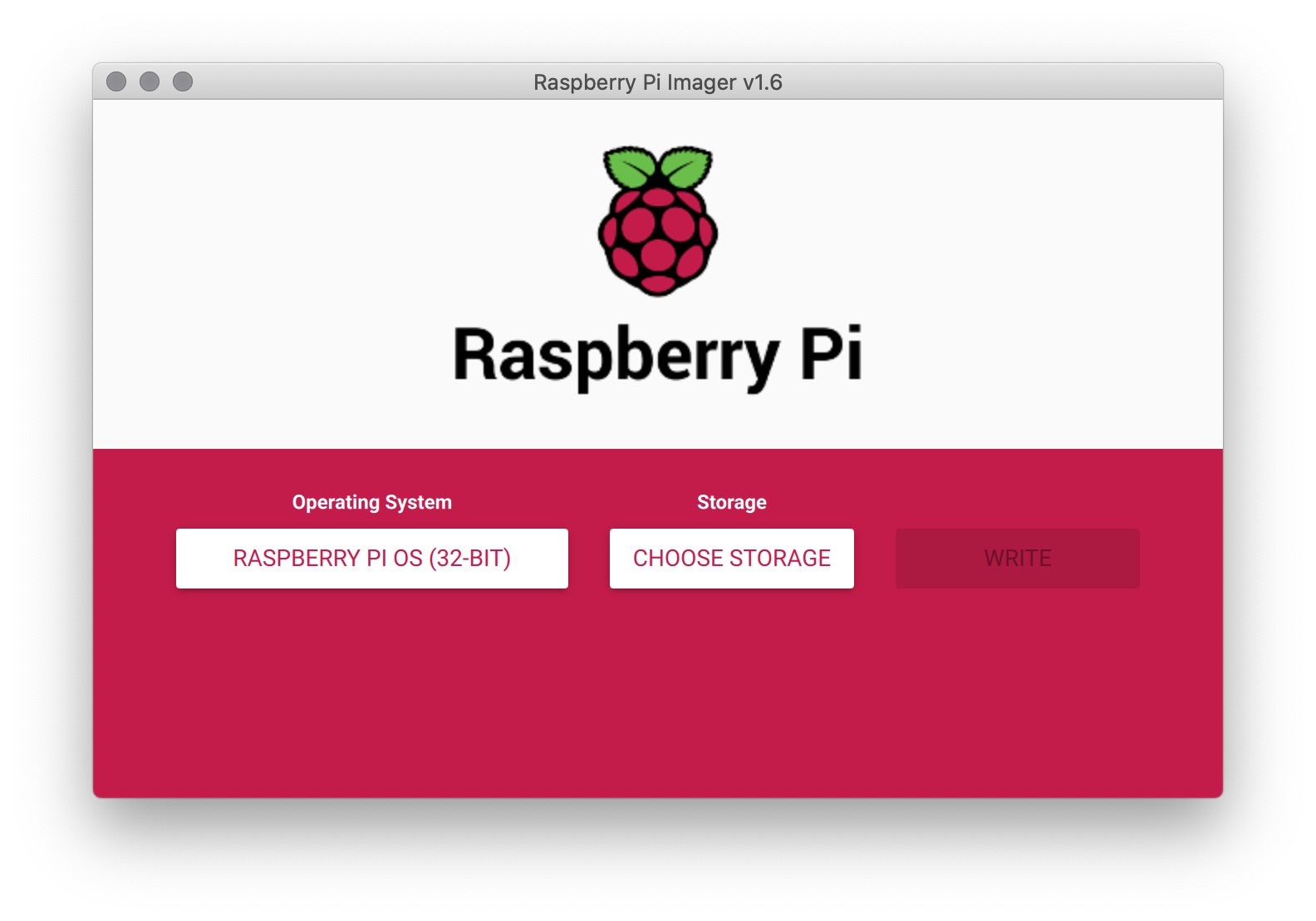
- #Raspberry pi os installer how to
- #Raspberry pi os installer install
- #Raspberry pi os installer full
- #Raspberry pi os installer pro
It’s a customized Linux for Raspberry Pi based on the Debian Linux distribution.

Now, we are ready to boot Raspberry Pi 3. Once the copy is complete, safely remove the SD card from your computer (or your SD card reader). Once again, you must copy the folder’s contents (but not the folder itself) to your FAT-formatted micro SD card.

Then, all you need is the following two steps to make a bootable OS installation disk. If you do, place your micro SD card into the full-sized adapter and stick it into the SD card reader (built-in or attached to your computer). You need at least 8 GB of storage on your micro SD card. Raspberry Pi 3 uses a micro SD card for storage (OS, libraries, and user programs). 3 Make an OS installer on the micro SD card We need to make an OS installer on a micro SD card to boot up your Raspberry Pi 3. I used a Logitech USB keyboard and mouse.īut don’t hook up any cables yet. 2.5 USB Keyboard and USB MouseĪny keyboard and mouse will do as long as they have a USB interface. Usually, a power adapter has a seal with those details. Note: It should be a 5-volt 1 amp power supply. As long as you can take the power supply from there, it’s ok.
#Raspberry pi os installer pro
If not, I could plug the normal USB side into my Mac Book Pro or an external battery power bank for my mobile phone. I also had a power adapter with a USB interface.
#Raspberry pi os installer full
I have a box full of unwanted cables at home in which I found Micro USB cables. I have spare HDMI cables at home, so I used one of them. I don’t have an external computer monitor at home, so I used a TV with HDMI slots.
#Raspberry pi os installer install
Later, we’ll format the SD card and install software on it. But if your computer does not have one, you’ll need an external SD card reader connected to your computer. My Mac Book Pro from 2012 has a built-in SD card reader. But there is a catch when you format an SD card with more than 32GB (details on this later).Īs mentioned earlier, you’ll need an SD card reader connected or built-in to your computer. The micro SD is where you install OS and all the software. 2.2 Micro SD (with a full-size SD adapter) The cup on the left is for size comparison (not part of the Raspberry Pi 3 package, in case you are wondering). 1 Micro USB Power Supply Slot (for power).1 Micro SD card slot (on the back side) for storage (OS, programs, etc.).2.1 Raspberry Pi 3Īs mentioned earlier, Raspberry Pi is a computer, and it has the following interfaces: Let’s look at each component in detail but focus only on what we need to know. Other than that, you’ll, at minimum, need the following:

I’m assuming you have a computer with Windows, Linux, or macOS and an SD card reader attached or built-in to your computer.
#Raspberry pi os installer how to
So, my motivation in this article is to explain how to set up Raspbian - a Debian-based Linux distribution customized for Rasberry Pi in the following four simple steps: I think it’s fun to do that, but it was a bit tricky for the first time. You’ll need to install it yourself if you want it to do something useful. In other words, it has no pre-installed OS. Raspberry Pi is a small computer on which you can install OS (i.e., Linux).


 0 kommentar(er)
0 kommentar(er)
